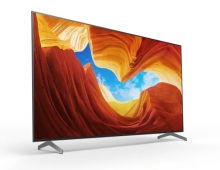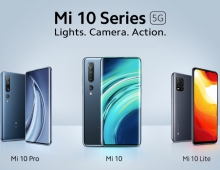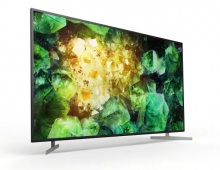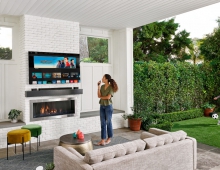
HDR, Wider Color Gamut, High Frame Rates, and Better Audio To Prove Critical to the Success of the UHD TV Market
New technologies like high dynamic range (HDR), wider color gamut, high frame rates, and immersive audio will advance the viewing experience far more than higher solution could do alone. While the market will take time to develop, ABI Research expects nearly 70% of UHD TVs to support some, if not all of these enhancements by 2020-this could prove too conservative if a lower tier of UHD TVs does not persist as currently anticipated.
Principal Analyst Michael Inouye comments, "Display manufacturers are devoting more attention to better pixels as UltraHD resolution is now expected on all high end and increasingly mid-tier sets as well. Displays using quantum dots for instance have garnered praise for vibrant and more lifelike colors. For early UHD adopters whose TVs don’t support the new technologies, these new innovations might come as a sour pill, but in the long run these enhancements will produce the greatest wow factor for new display purchasers who view supported content. It will also serve as a mechanism for device manufacturers to better separate a premium tier of products."
Advancements within in the UHD market are still ongoing and will only start to fully solidify in 2016 if not late 2015. A number of HDR proposals (e.g. from Dolby, Philips, Technicolor, BBC) and UHD standards are in the works (or have recently been released) and content developers and manufacturers are still establishing early stage alignments around these proposed technologies. The Blu-ray Disc Association, for instance, recently released its Ultra HD Blu-ray specifications and further work is being done by groups such as the UHD Alliance, SMPTE, ITU, MPEG, DIGITALEUROPE, and EBU.
Practice Director Sam Rosen adds, "Higher resolution content is already available through limited releases and more is on the way, but if the market is to reach its full potential the enhancements to UHD will have to play a significant role. Resolution might be the easiest element to communicate to consumers but the enhancements will provide the most compelling case to seek higher end devices and pay for premium content above and beyond full HD. Upscaling resolution at the client device or display is already common, but the same can’t be said for HDR or expanded color space. Retail displays will also create ideal side-by-side comparisons to better showcase the transformative effects of these enhancements."





















